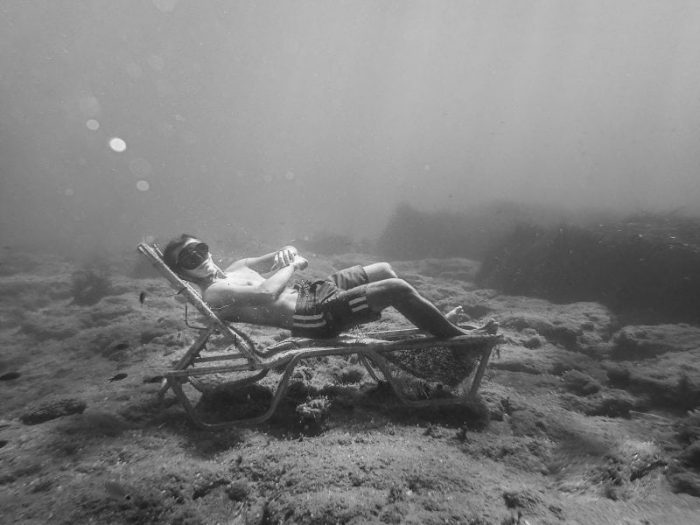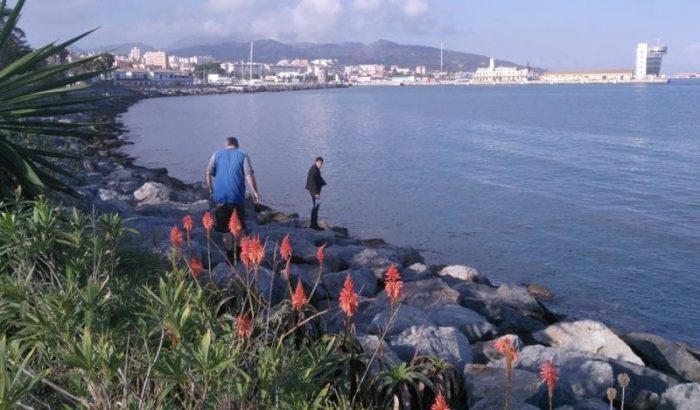
Today, nearly half of the world’s population lives within 150 km from the coast and, in an increasingly urbanized world, most people experience marine environment in cities.
In just the Mediterranean Sea, more than fifty percent of rocky shorelines are now artificial, and man-made designs have replaced natural environment, causing decreases in benthic species richness, biodiversity, and populations connectivity. In addition, harbors and cities receive higher propagule pressure of non-indigenous species by vessels, and some of these species may benefit from the lower colonization competitiveness of native communities on artificial substrata.
In response to these findings, coastal ecological engineering is starting to emerge as a way to mitigate these impacts, as well as a way to increase cities environmental quality, population well being and increase land value. Nonetheless, marine ecological development is nearly inexistent in comparison with terrestrial and freshwater initiatives, which are particularly abundant in cities in North America and Europe.

Credit: Francisco Sedano
The lower colonization and maturation of native communities on artificial substrata is provoked by factors such as coastal linearization and spatial homogenization, which reduce micro-habitat diversity. Furthermore, ecological designs would face multiple challenges, as these structures have multiples uses and face wide sources of impact (such as pollution, increased anthropogenic activities, construction and periodic repair works, the turbidity associated to these works, water stagnation inside harbors, or coastal drift alterations).
On artificial structures such as rip-rap and concrete-cube breakwaters, substratum characteristics such as roughness, color, thermal capacity, chemical composition, pH, and wettability may influence community settlement and physical stress levels in the intertidal and subtidal surfaces.
In this regard, it is increasingly evident that community composition depends to some extent on the type of substrata used in marine constructions. Actually, the current trend in the studied area is to use concrete pieces such as tetrahedra and cubipods, which are very stable in marine environments but have relatively low roughness and low spatial heterogeneity at a macroscopic scale. Nonetheless, some ecological designs, which increase surface roughness and include features such as pools, pits, and crevices have been proposed. Furthermore, new concrete compositions with reduced alkalinity have also been developed recently in order to increase the ecological properties of marine concrete.
In conclusion, the application of ecological criteria to coastal structure design and chosen surface substratum may help to reduce biodiversity losses and marine invasions, and, hence, create more ecologically sustainable structures in future marine construction and reparation of existing ones.

Credit: Juan Sempere-Valverde
Some of these findings are described in the article entitled “Substratum type affects recruitment and development of marine assemblages over artificial substrata: A case study in the Alboran Sea”. This work was conducted by Juan Sempere-Valverde, Enrique Ostalé-Valriberas, Gonzalo M. Farfán and Free Espinosa from the University of Sevilla and the Laboratorio de Control de la Calidad Ambiental, Agencia de Medio Ambiente y Agua.









